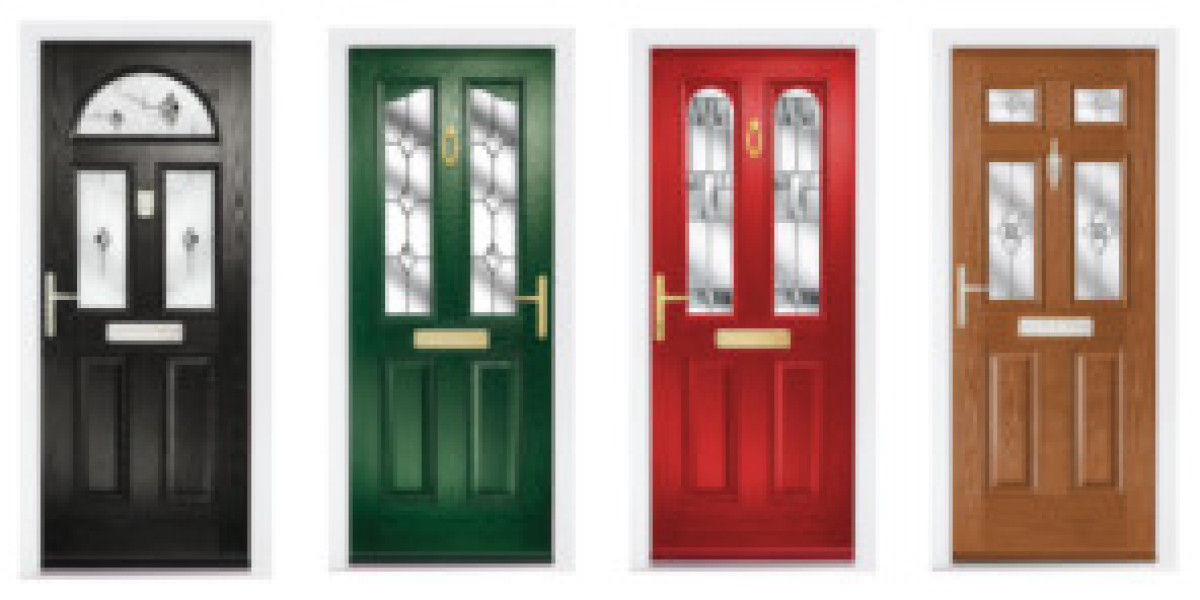The Ultimate Guide to Cat Flap Fitting: A Comprehensive Overview
As any cat owner can attest, providing a safe and hassle-free method for your feline friend to enter and exit your home is important. One popular solution is a cat flap, a little door installed in a wall or door with Cat flap that enables your cat to come and go as it pleases. Nevertheless, fitting a cat flap needs cautious consideration and preparing to make sure that it is safe, secure, and effective. In this short article, we will look into the world of cat flap fitting, exploring the different kinds of cat flaps, the benefits and downsides of each, and supplying a step-by-step guide on how to set up a cat flap in your home.
Kinds Of Cat Flaps
There are a number of kinds of cat flaps offered on the market, each with its special functions and benefits. A few of the most popular kinds of cat flaps include:
- Manual Cat Flaps: These are one of the most fundamental kind of cat flap and need your cat to push the flap open with its head or paw.
- Magnetic Cat Flaps: These cat flaps use a magnetic closure to keep the flap shut, offering added security and decreasing drafts.
- Electronic Cat Flaps: These modern cat flaps use sensors and motors to open and close the flap, providing optimum convenience and security.
- Insulated Cat Flaps: These cat flaps are created to lower heat loss and keep your home warm, making them perfect for colder environments.
Benefits of Cat Flaps
Cat flaps offer numerous advantages to both felines and their owners, consisting of:

- Convenience: Cat flaps enable your cat to come and go as it pleases, reducing the requirement for continuous door opening and closing.
- Security: cat door for interior door flaps provide a safe and safe and secure way for your cat to go into and exit the home, minimizing the danger of injury or escape.
- Energy Efficiency: Insulated cat flaps can help in reducing heat loss and keep your home warm, making them a cost-efficient option.
- Reduced Stress: Cat flaps can help minimize tension and stress and anxiety in felines, providing them with a sense of flexibility and self-reliance.
Drawbacks of Cat Flaps
While cat flaps provide several benefits, there are also some prospective drawbacks to consider, including:
- Security Risks: If not set up properly, cat flaps can pose a security threat, enabling undesirable animals or trespassers to enter your home.
- Drafts: If not insulated properly, cat flaps can create drafts, reducing the energy effectiveness of your home.
- Maintenance: Cat flaps need routine maintenance to ensure they remain tidy and functional.
How to Install a Cat Flap
Installing a cat flap is a reasonably uncomplicated process, however it does require some preparation and preparation. Here is a detailed guide on how to install a cat flap:
- Choose the Right Location: The area of your cat flap is important, as it requires to be accessible to your cat and supply a safe and secure entry and exit point. Think about the height and location of the cat flap, as well as the surrounding area.
- Step the Opening: Measure the opening where you prepare to set up the cat flap, taking into consideration the size of the flap and any surrounding blockages.
- Cut the Opening: Use a saw or drill to cut the opening for the cat flap, making certain it is level and protect.
- Set up the Frame: Install the frame of the cat flap, using screws or nails to secure it in location.
- Add the Flap: Add the flap to the frame, ensuring it is securely attached and functions correctly.
- Add Any Additional Features: Add any additional functions, such as sensing units or motors, according to the manufacturer's instructions.
- Test the Cat Flap: Test the cat flap to guarantee it is working properly and securely.
Tips and Tricks
Here are some tips and techniques to keep in mind when setting up a cat flap:
- Use a level: Make sure the cat flap is level and protect to prevent any problems with the flap opening and closing.
- Add insulation: Add insulation around the cat flap to minimize drafts and keep your home warm.
- Think about the size: Consider the size of your cat when selecting a cat flap, as larger cats might require a larger flap.
Often Asked Questions
Here are some regularly asked concerns about cat flaps:
Q: What is the best type of cat flap for my home?A: The best kind of cat flap for your home will depend on your specific needs and scenarios. Consider factors such as security, energy effectiveness, and benefit when picking a cat flap.
Q: How do I keep my cat flap tidy?A: To keep your cat flap tidy, regularly clean it down with a damp cloth and vacuum any particles or dirt.
Q: Can I set up a cat flap myself?A: Yes, you can set up a cat flap engineer flap yourself, however it may need some DIY abilities and knowledge. If you are not sure or uncomfortable installing a cat flap, consider speaking with a professional.
Conclusion
In conclusion, cat flaps are a hassle-free and protected method to provide your feline friend with access to the outdoors. With the best kind of cat flap and proper installation, you can delight in the benefits of a cat flap while reducing the downsides. By following the tips and techniques detailed in this article, you can make sure a safe and safe installation that satisfies the needs of both you and your cat.
Additional Resources
- Cat Flap Installation Guide: A detailed guide to installing a cat flap, consisting of step-by-step directions and diagrams.
- Cat Flap Maintenance Tips: A list of tips and techniques for maintaining your cat flap, consisting of cleansing and repair advice.
- Cat Flap Buying Guide: A guide to picking the ideal cat flap for your home, consisting of factors to consider such as security, energy performance, and convenience.








